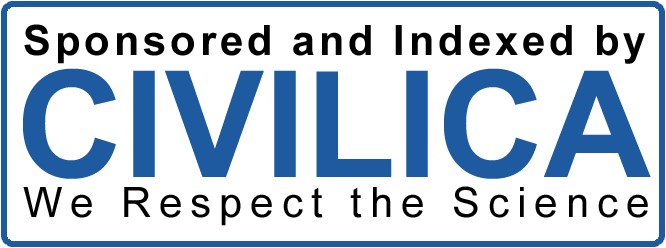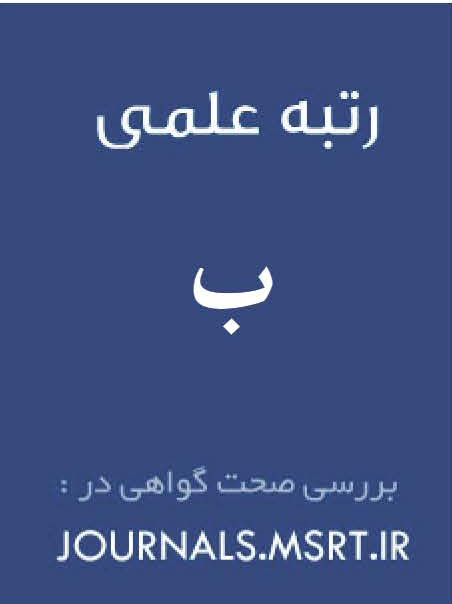Comparing the Effectiveness of Reality Therapy and Acceptance and Commitment Therapy on Distress Tolerance of Male Students
Keywords:
Male Students, Distress Tolerance, EffectivenessAbstract
Introduction and Aim: Distress tolerance plays an effective role in improving cognitive, emotional, and social states of individuals, and there are many treatment methods in this field. Therefore, the present study wa conducted with the aim of comparing the effectiveness of reality therapy and acceptance and commitment therapy on distress tolerance of male students.
Methodology: This research was a quasi-experimental with a pre-test, post-test, and one-month follow-up design with a control group. The research population was all male high school students in public schools of Sabzevar city in the 2023-2024 academic year. The sample size for each group was considered 15 people, who were selected using cluster sampling method and randomly assigned into three equal groups including two experimental groups and a control group. The first experimental group received 10 sessions of 90 minute by reality therapy and the second experimental group received 8 sessions of 90 minute by acceptance and commitment therapy, and during this period the control group did not receive any intervention. The present research instrument included a demographic information form and a Distress Tolerance Scale (Simons and Gaher, 2005). The data of this study were analyzed using analysis of variance with repeated measures and Bonferroni post hoc test methods in SPSS version 24 software.
Findings: The results of the present research indicated that both reality therapy and acceptance and commitment therapy in compared to the control group increased the components of distress tolerance, including tolerance, absorption, appraisal, and regulation in male students, and the results were maintained at the follow-up stage (P<0.05), but there was no significant difference between the aforementioned treatment methods in any of the components of distress tolerance in them (P>0.05).
Conclusion: According to the results of this research, health professionals and therapists can use both reality therapy and acceptance and commitment therapy along with other treatment methods to increase distress tolerance in students.
Downloads
Downloads
Published
Submitted
Revised
Accepted
Issue
Section
License
Copyright (c) 1403 مهدی یوسفی (نویسنده); حسین مهدیان; علی جهانگیری (نویسنده)

This work is licensed under a Creative Commons Attribution-NonCommercial 4.0 International License.






